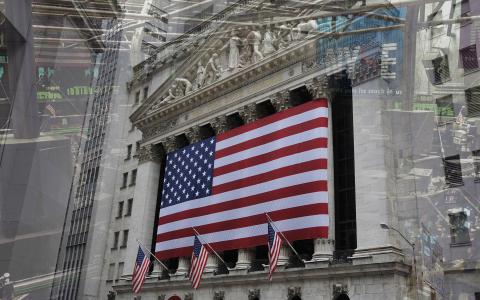
In recent weeks, the stock market's ascent to unprecedented levels has sparked a surge in investor optimism, as evidenced by multiple sentiment indicators.
This wave of bullish sentiment, while indicative of market confidence, also raises cautionary flags regarding the market's potential to continue its upward trajectory, particularly in the short term.
The CNN Fear & Greed Index, a notable barometer of market sentiment, recently indicated "Extreme Greed." Complementing this, the latest AAII Investor Sentiment Survey revealed an annual peak in bullish responses at 52.9%. This fervent bullishness aligns with data from the Conference Board, suggesting the highest consumer confidence in the stock market since July 2021—a period characterized by robust speculation fueled by government stimulus and zero-interest-rate policies.
Market expert Ed Yardeni, in a recent communication with clients, remarked on the excessive bullishness observed lately. He highlighted the significant decline in the CBOE Put/Call ratio to 0.61, a trend showing a preference for upside call options over downside puts. This shift is often interpreted as a contrarian indicator, suggesting an overly optimistic investor mindset and possibly foreshadowing a near-term market correction to temper this enthusiasm.
Despite the S&P 500 nearing a new all-time high, these indicators of investor optimism have led Yardeni to maintain his year-end price target for 2023 at 4,600, even as the S&P 500 reached 4,737. The market's current state, with over 90% of S&P 500 stocks trading above their 50-day moving average and the S&P 500, Nasdaq 100, and Dow Jones Industrial Average all exhibiting overbought RSI readings above 70, points to an overbought scenario.
However, Ryan Detrick of Carson Group offers a different perspective. While acknowledging the near-term overbought conditions, he emphasizes the historical trend where such market strength often precedes sustained bullish phases. Detrick notes that in the past 20 years, instances of strong market participation like the current one have historically led to the S&P 500 climbing higher in the following year, with an average increase of 16.1%.
This analysis suggests that, although a short-term pullback may be necessary to balance the prevailing investor optimism, overbought conditions in isolation do not signal the end of a bull market rally. Therefore, it's crucial for wealth advisors and RIAs to consider these dynamics in their market strategies, balancing immediate caution with a recognition of potential long-term bullish trends.



